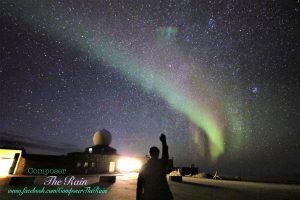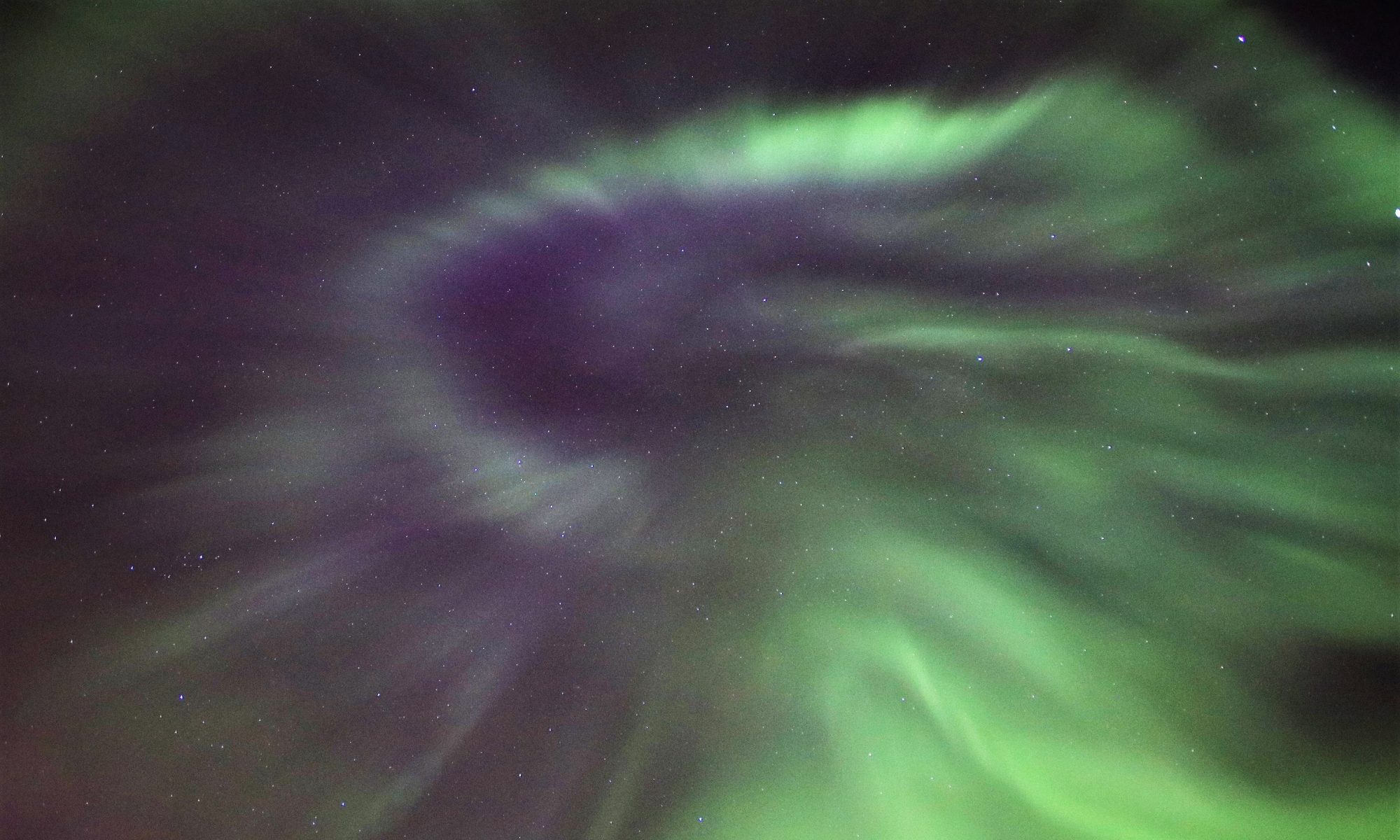
Large magnetic storms are most common during the peak of the 11-year sunspot cycle, or during the 3 years after that peak.
Geomagnetic storms that ignite auroras actually happen more often during the months around the equinoxes.During spring and autumn, the earth’s and the interplanetary magnetic field link up. At the magnetopause, Earth’s magnetic field points north. When Bz becomes large and negative (i.e., the IMF tilts south) it can partially cancel Earth’s magnetic field at the point of contact. South-pointing Bz’s open a door through which energy from the solar wind can reach Earth’s inner magnetosphere.
However, Bz is not the only influence on geomagnetic activity. The Sun’s rotation axis is tilted 7 degrees with respect to the plane of Earth’s orbit. Because the solar wind blows more rapidly from the Sun’s poles than from its equator, the average speed of particles buffeting Earth’s magnetosphere waxes and wanes every six months. The solar wind speed is greatest — by about 50 km/s, on average — around Sept. 5th and March 5th when Earth lies at its highest heliographic latitude.
Still, neither Bz nor the solar wind can fully explain the seasonal behaviour of geomagnetic storms. Those factors together contribute only about one-third of the observed semi-annual variation.
